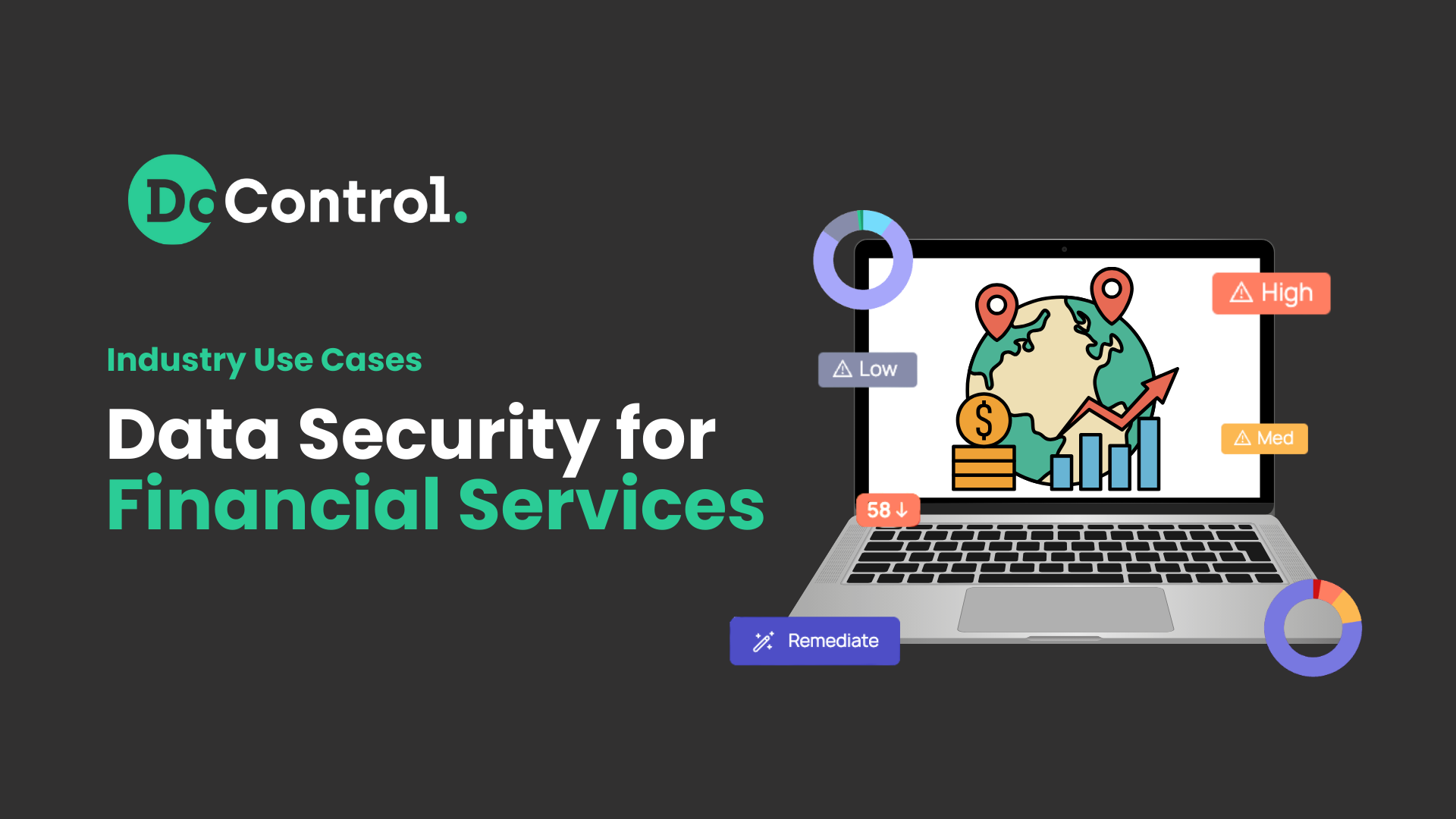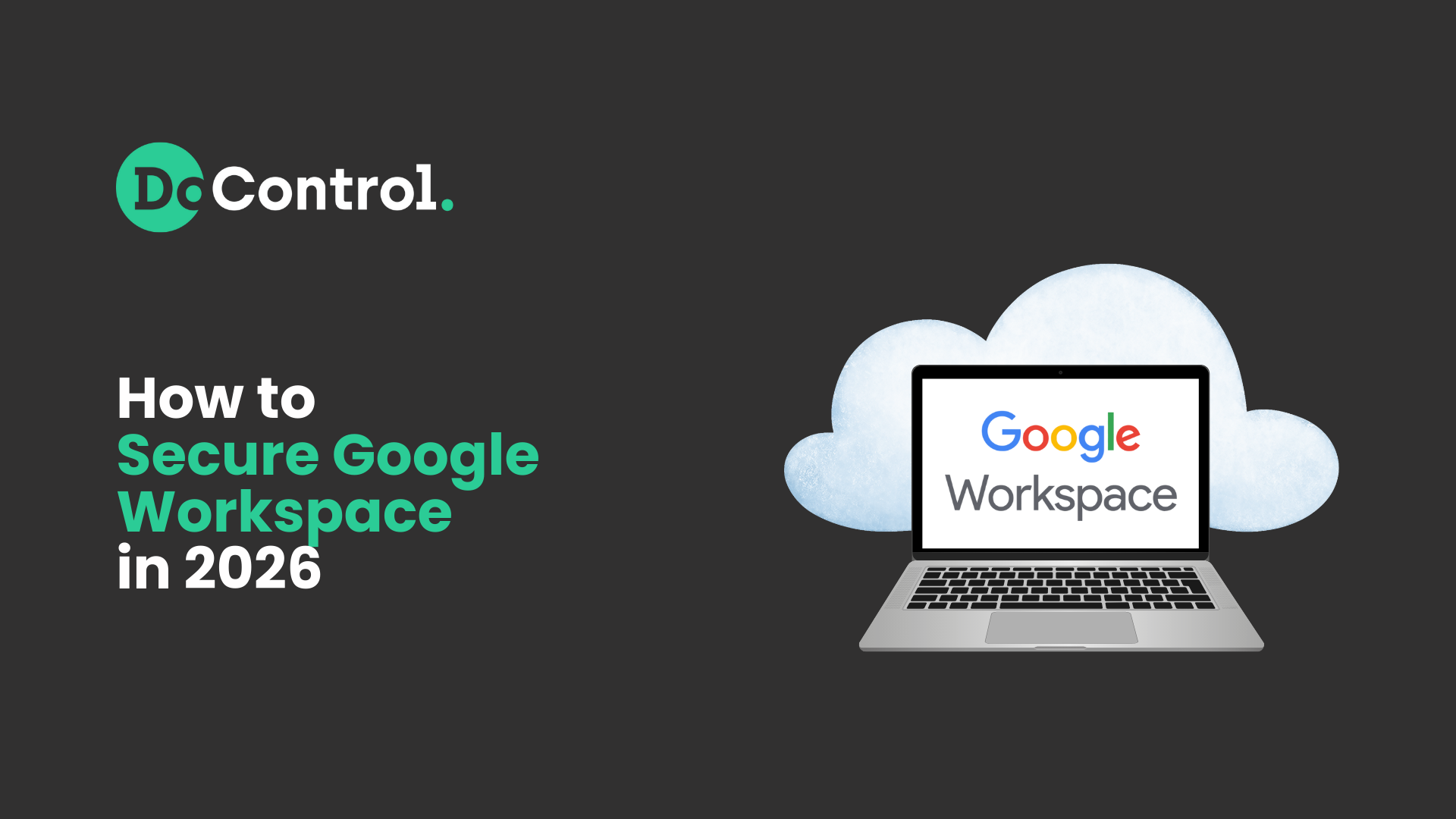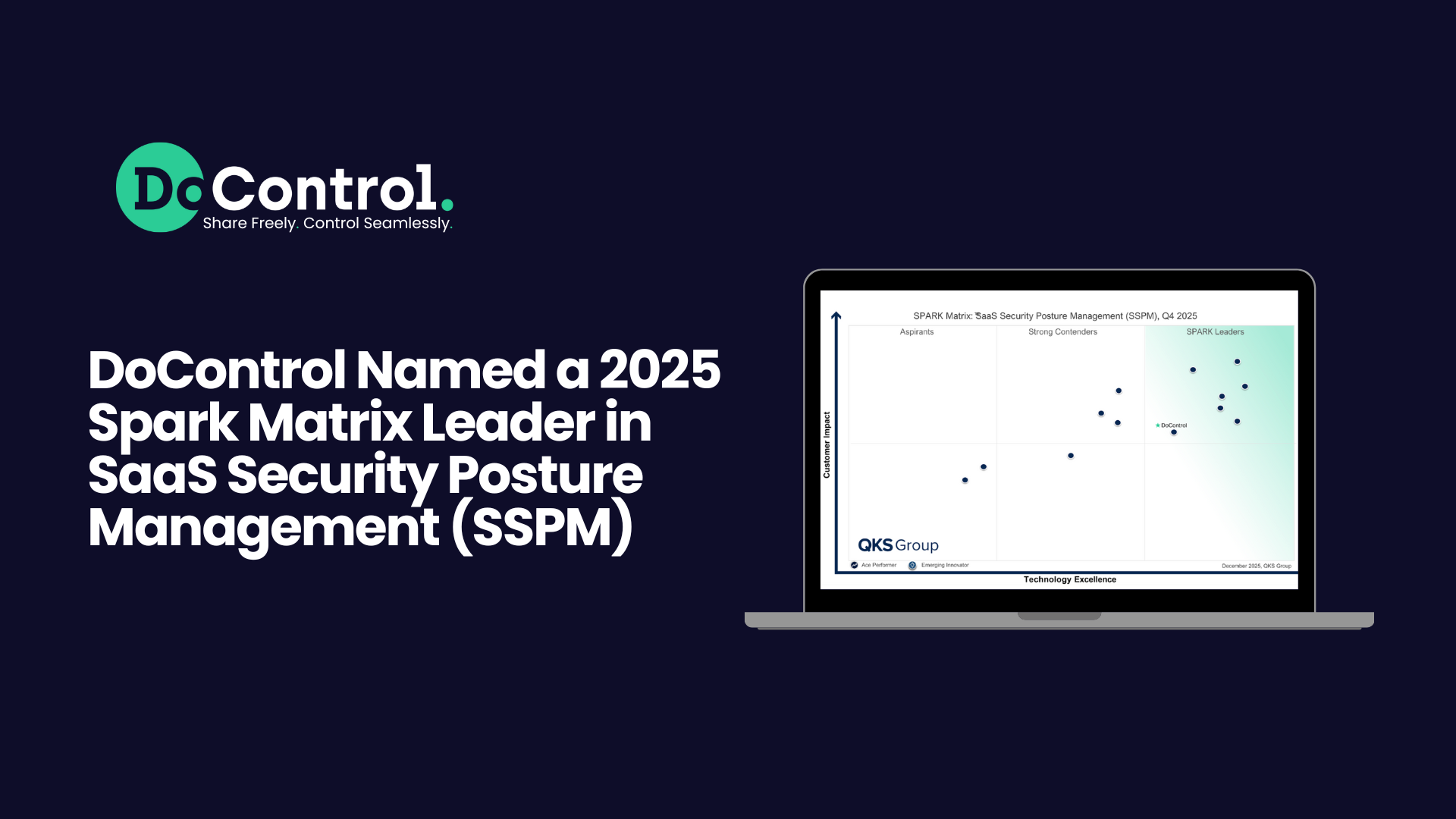
SaaS security is both an emerging and evolving market segment. SaaS as a technology, is a cloud computing model in which software applications are provided and hosted by a service provider and accessed by customers over the Internet. As such, consumers of SaaS services need to put in place the appropriate controls to ensure they are consuming the technology in a secure manner. Why? Like any cloud technology, there is a shared responsibility between both provider and consumer. More often than not, the finger is pointed towards the consumer of the service when breaches and security events occur.
So what is a SaaS Security Platform (SSP)? We define SSP solutions as a suite of centralized security controls to protect data and applications in complex SaaS environments. SSP is an approach to consolidate threat models and address a wide range of SaaS security-related use cases from a single vendor. As SaaS adoption and utilization continue to trend upward, malicious actors will undoubtedly place their attention on these applications and services to carry out attacks. SSP solutions require a centralized approach to securing complex, disparate SaaS environments.
SSP providers that are event-driven, agentless (powered by APIs and webhooks), feature enterprise-readiness with out-of-the-box integrations provide an optimal approach to securing complex SaaS environments. Given the decentralized nature of SaaS, a single pane-of-glass view is necessary to administer, provision, enable access, secure all identities and SaaS resource types, discoverability and management of SaaS mesh, discoverability and remediation of configuration drift. SSPs will help modern organizations better uphold their end of this shared responsibility model. Now that we’ve defined SSP, let’s shed some light on the critical capabilities:
Critical Capabilities for SSP Solutions
- Data Access Controls: Effective data access controls are essential to prevent unauthorized access to SaaS applications and data. Establishing policies based on individual users, groups and domains based on the level of risk they introduce allows for the enforcement of least privilege access at a more granular level. Enforcing consistent access control policies will help ensure only authorized users can access sensitive resources, and mitigate the risk of data overexposure and exfiltration.
- Misconfiguration Protection: SaaS security solutions should provide misconfiguration functionality that manages and secures access to SaaS applications, detects policy violations, and provides both manual and automated remediation to ensure compliance with internal policy.
- User Activity Monitoring: Monitoring and auditing user activities within SaaS applications is crucial for detecting and mitigating insider threats, unauthorized access attempts, and suspicious behavior. User activity logs, session monitoring, and behavior analytics help identify potential security risks within the SaaS estate.
- Threat Detection and Response: SSP solutions should include advanced threat detection and prevention mechanisms to identify and mitigate security threats. Alerts should provide actionable intelligence and potential remediation paths, and avoid alert fatigue. This may involve real-time monitoring, behavior analytics, anomaly detection, and integration with threat intelligence sources.
- Data Loss Prevention (DLP): DLP features enable organizations to monitor, detect, and prevent the unauthorized transmission or exposure of sensitive data. SaaS DLP solutions help enforce data protection policies, prevent data leakage, and ensure compliance with data privacy regulations.
- Shadow IT/Application Governance: Certain SaaS applications feature unused high permissions, vulnerable (i.e. reported breached), abandoned, high data exposure; introducing unnecessary risk imposed by both sanctioned and unsanctioned applications. Enforcing strong governance over Shadow IT/applications ensures secure interoperability and centralized security management.
- End User Engagement: In order to avoid hindering the business, SSP solutions should engage with business users to find the appropriate balance between security and business enablement. Performing data access reviews, managerial approvals, application justification processes, and organizational policy violation notifications (i.e. via email or Slack/Microsoft Teams) are optimal approaches to support this effort.
- Compliance and Regulatory Support: SSP solutions should support compliance with relevant regulations (i.e. General Data Protection Regulation (GDPR), Health Insurance Portability and Accountability Act (HIPAA), Payment Card Industry Data Security Standard (PCI DSS), etc.) specific to the industry. Compliance features include data access controls, audit logs, data residency options, and data retention policies.
Securing SaaS applications and data needs to be a priority for several reasons. Firstly, SaaS applications often store sensitive and confidential information, including customer data, intellectual property, and financial records. Failure to adequately secure this data can result in breaches, which ultimately lead to financial loss, reputational damage, and potential legal repercussions. Secondly, SaaS applications are accessible from anywhere, making them attractive targets for cybercriminals and malicious actors.
Without robust security measures, unauthorized access, data theft, or malicious activities become more likely. Additionally, compliance requirements and data protection regulations necessitate stringent security measures to avoid non-compliance penalties. Prioritizing the security of SaaS applications and data will help ensure the confidentiality, integrity, and availability of data, enabling organizations to operate safely in the digital landscape.
Get Familiar with SSP
Security leaders responsible for enterprise security should leverage the “Buyer's Guide for SaaS Security Platforms (SSP) Guide” to better understand the critical capabilities (in greater detail) to address top SaaS security threat models through an emerging, and continually evolving SSP market. If you're just getting started in searching for SaaS security solutions, take 5 minutes to understand DoControl's unique approach to providing an industry-leading SSP by watching the video below:
FAQS
What is a SaaS Security Platform (SSP)?
A SaaS Security Platform (SSP) is a cloud-based solution that provides a suite of security services for protecting SaaS applications and data. It includes a comprehensive set of features such as identity and access management, data access controls, governance over Shadow IT/applications, threat detection and prevention, data loss prevention, compliance support, security analytics, and more. By utilizing a SSP solution, modern businesses can enhance the security of their SaaS applications, safeguard sensitive data, and mitigate security risks, allowing them to focus on utilizing SaaS applications with peace of mind.
Why is it critical to secure SaaS applications and data?
Securing SaaS applications and data is critical due to the sensitive information they store, the vulnerabilities they face, and the potential impact of security breaches. SaaS applications often contain financial data, customer information, and valuable business data, making them attractive targets for cybercriminals. With the applications accessed over the internet, they are exposed to various security threats like malware and data breaches. Inadequate security measures can also create entry points into internal systems, risking the entire IT infrastructure. Compliance with data protection regulations and maintaining trust with customers further necessitate strong security measures for SaaS applications. Adopting SSP technologies and solutions are an optimal approach to implementing comprehensive security controls to enable SaaS utilization at scale.
Why do traditional Cloud Access Security Broker (CASB) solutions not work well in SaaS environments?
Traditional CASBs struggle to effectively work in SaaS environments due to factors such as limited visibility and control, incompatibility with SaaS architectures, lack of granularity in controls, difficulty in keeping up with the evolving SaaS landscape, and integration and performance challenges. SaaS environments are dynamic and web-based, making it challenging for traditional CASBs designed for on-premises applications. To address these limitations, SSPs have emerged offering specialized features and capabilities to secure SaaS environments effectively.
Related Resources
- Buyer's Guide for SaaS Security Platforms (SSP)
- DoControl’s SaaS Security Platform Overview
- The SaaS Security Threat Landscape Report
- IDC Analyst Report: Securing SaaS Applications: Extending Identity to Secure Data Across a Multitude of SaaS Applications
- Omdia On the Radar Classification: SaaS Data Security
- DoControl SaaS Data Access Risk Assessment



